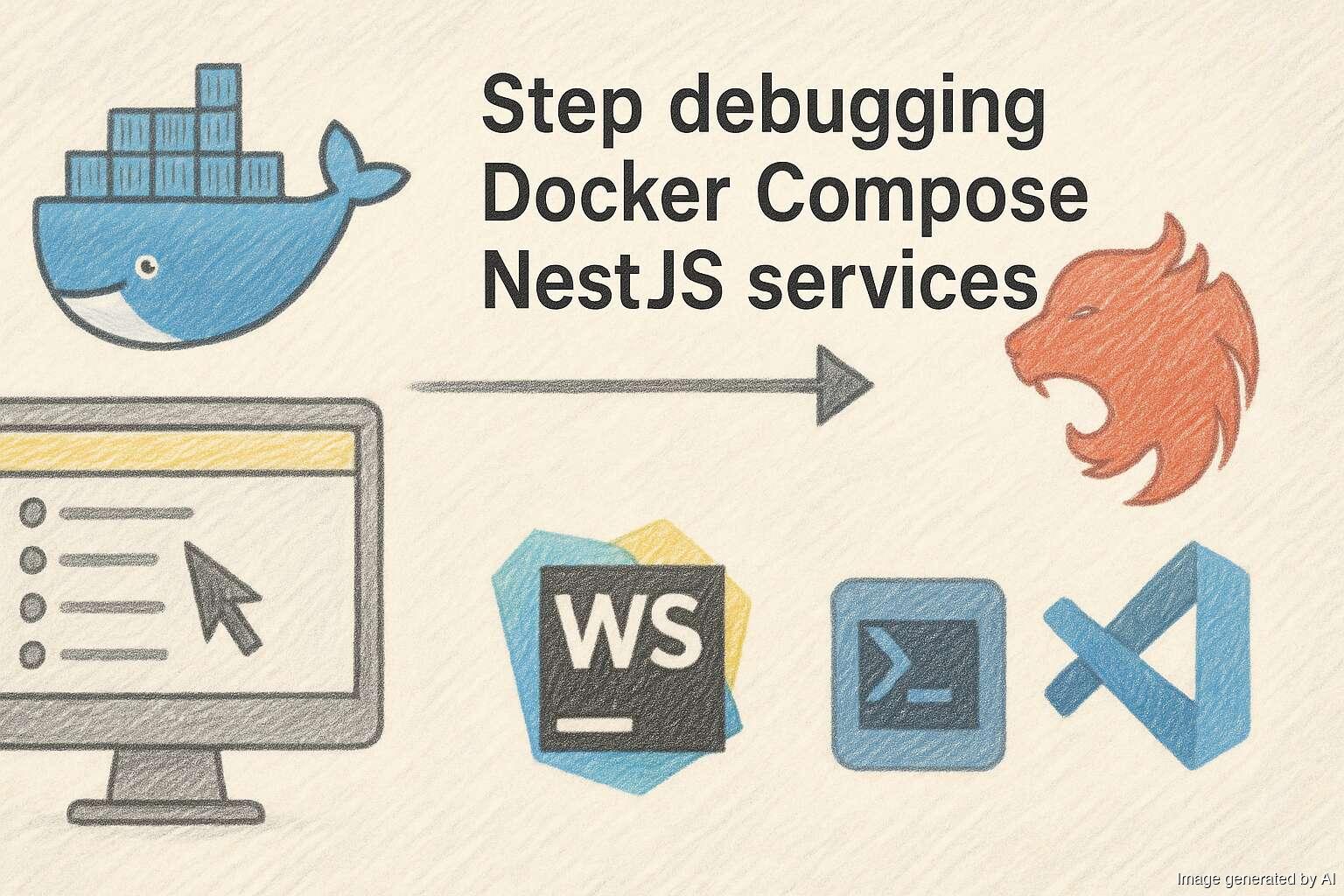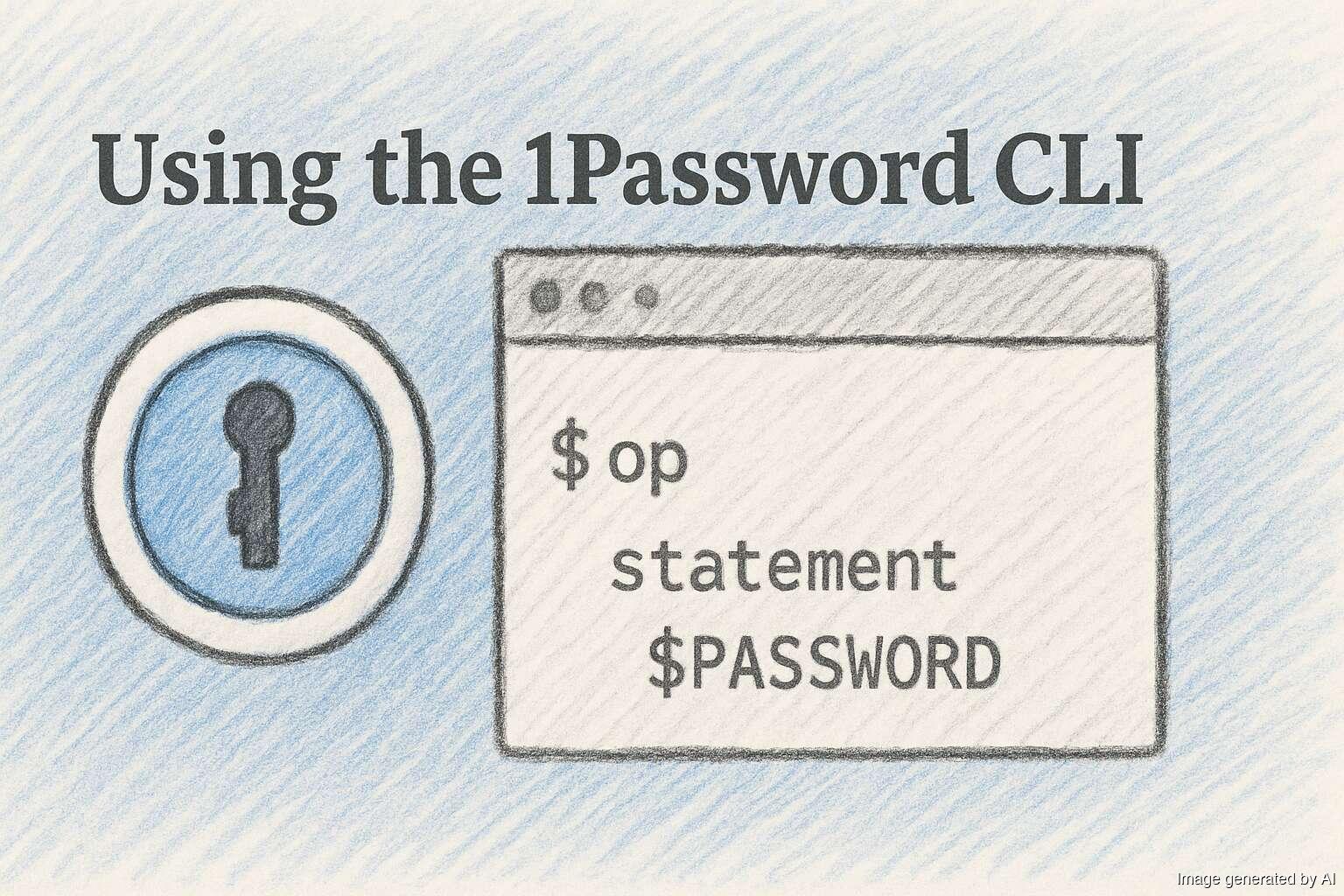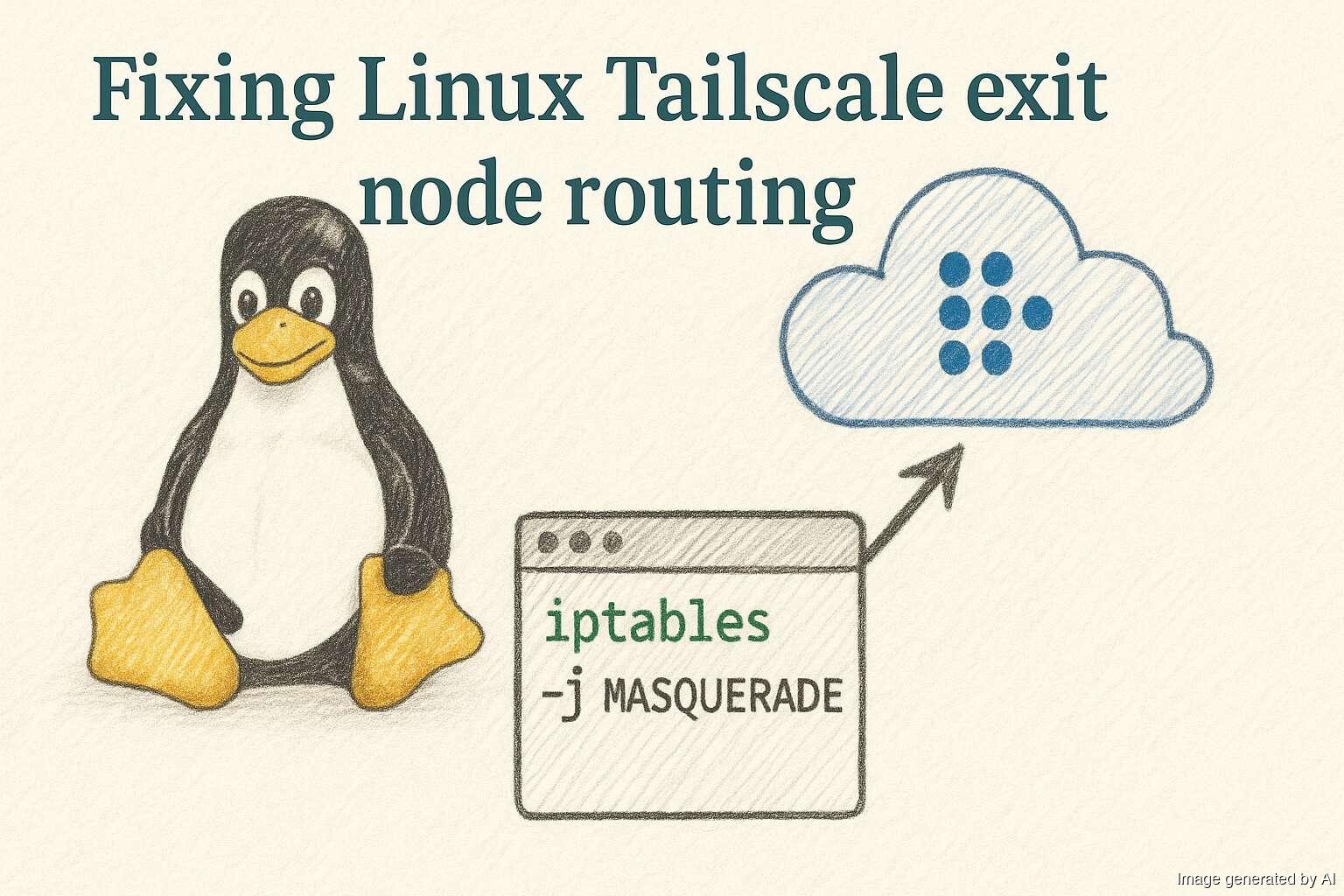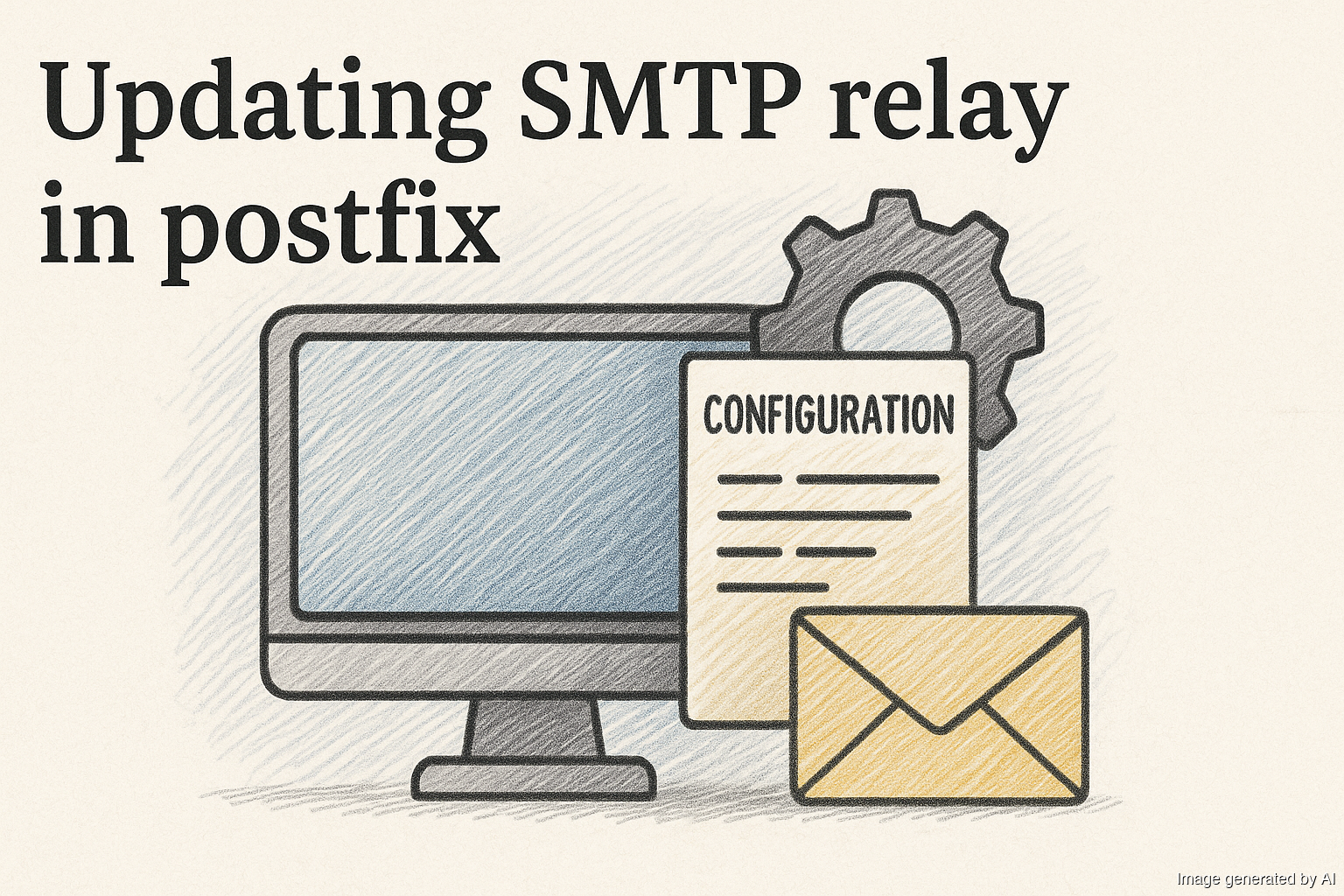Accessing Longplay info for SwiftBar

One app that I find incredibly useful is SwiftBar and one use I have is to display track info for the currently playing song in Apple Music. SwiftBar plugins work as shell scripts that execute on a timer and echo specially formatted text which SwiftBar then turns into an item on the menu bar with an attached menu I use a heavily modified Now Playing plugin that was originally written by Adam Kenyon, so all… continue reading.










